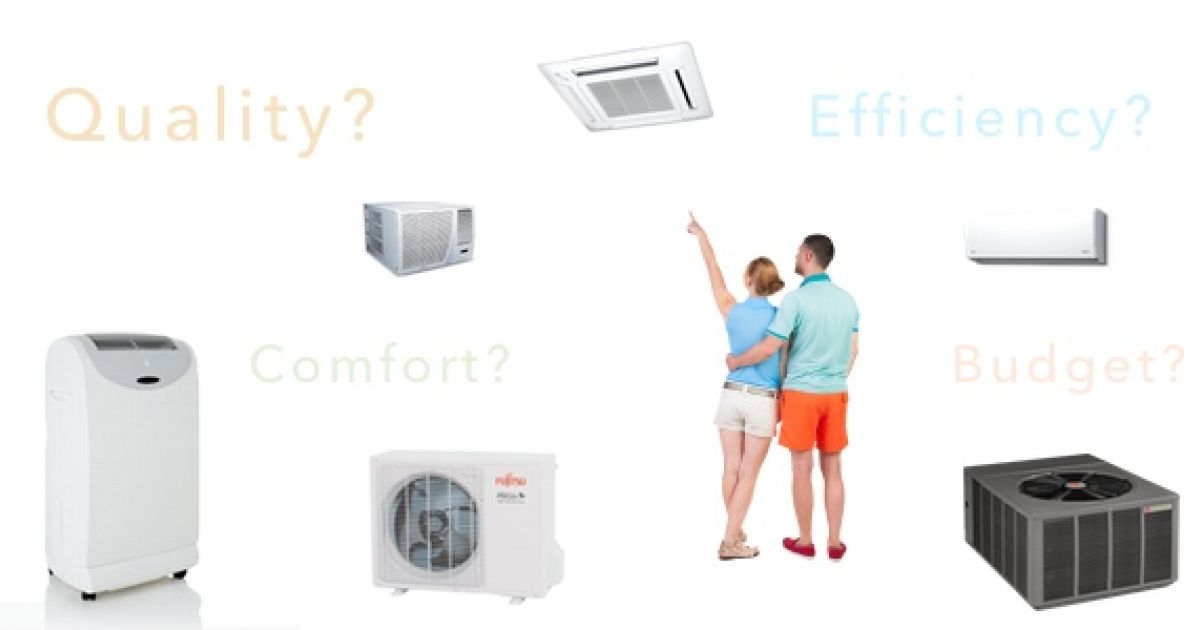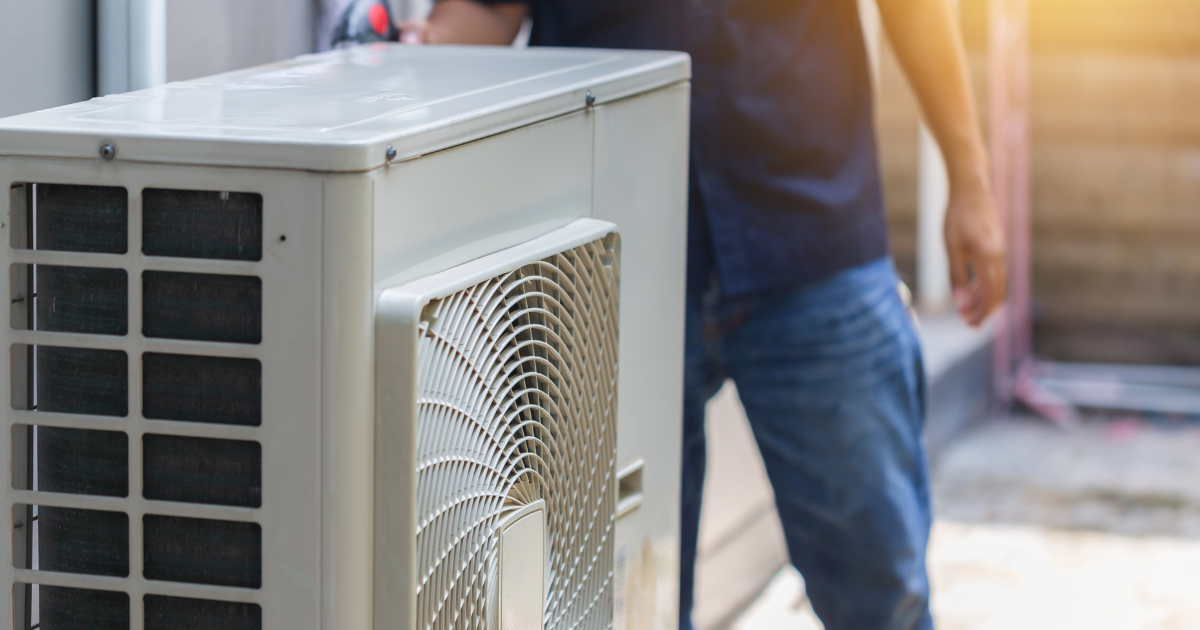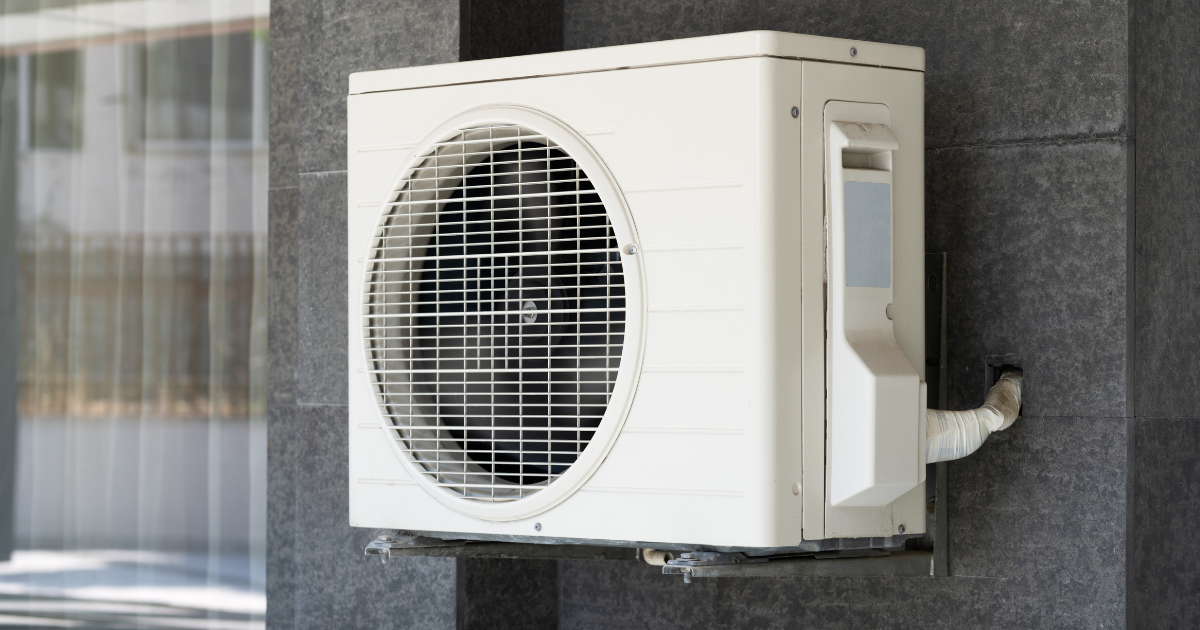Where to Start with Air Conditioning?
The chances are good that at one point or another, many of us will need to purchase an air conditioning unit. The chances are also good that most of us are not air conditioning experts. But that doesn’t mean we have to walk into a purchase completely blind to the fundamentals. When purchasing an air conditioner, you need a unit that can filter air, remove moisture, and lower temperature.
Here we’ll cover the basics of air conditioning, including the different types of air conditioners, how to determine which one is right for your home, and how to size your air conditioner properly.
Types of Air Conditioners
Central: A common type of air conditioning in many homes built in and after the ‘70s, central air conditioning usually consists of an outdoor condenser unit that is connected with refrigerant lines to an indoor coil. The furnace, which the indoor coil is attached to, contains the blower motor that moves the air across the coil to cool it and distribute it throughout the home via a network of ducts.
Ductless: Ductless air conditioners are gaining more popularity for their superior efficiency and effectiveness without needing ductwork. There are separate indoor and outdoor components, similar to central air, which allows you more flexibility on where you choose to place your unit within the home. But this does require running some wires or hoses through your home’s walls. Although a bit labor-intensive, it is worth the work (and not as intensive as installing new ducts). These systems are powerful and as close to central air as you can get without having central air.
Window: Window units are a common type of air conditioner. They are portable, easy to install (just be sure to follow all safety precautions), and cost-effective for the general user. Most of these units can be installed in a standard window. If you have an even smaller space, air conditioners come in miniature sizes not much more than a foot wide. One advantage of window units is that all of the parts are housed in a singular box. This makes them the most cost-effective and simple solution while still providing adequate cooling power. They are also great for renters who do not have the opportunity to further modify the home. Some negatives are that these units can be noisy and are limited in there efficiency.
Portable: Portable units are another simple solution. These devices are usually placed on the floor and have singular or dual hoses that pump air in and out of the building. Portable units are not always the most desirable, as they can be more expensive than a window unit but are overall less efficient. These systems are usually used to cool a specific location for a short time.
How to Determine What Air Conditioner Is Right For Your Home
The size of your home and the relative environment in which you live are both factors that must be considered when choosing an air conditioner. If you merely need to cool one room, then a window or portable unit may be adequate. If you are installing your air conditioner by yourself, then a window unit may be for you. With adequate assistance and the need to cool a larger home, a ductless option is more preferable. Take into account budget, installation requirements, and just how powerful your unit needs to be to adequately satisfy the needs of your particular space.
How to Size Your Prospective Air Conditioner
Not only does type matter, but size matters when choosing your air conditioner. One without enough cooling capacity will wear out quicker and increase your electricity costs. A unit that is too large will continually cycle on and off, wasting energy, lowering its efficiency and will result in an uncomfortable environment.
A standard unit of measure for air conditioners is British thermal units, or BTUs. This number tells you how efficient a unit is at cooling a room. Selecting the right size begins with measuring the square footage of your space. Once you have determined the square footage, you can consult a BTU graph to calculate the correct number of BTUs for that space (see below). Always err on the larger size, and add or subtract BTUs by 10% respectively for rooms in a sunny vs. shady location.
Good Housekeeping sizing calculator
Of course, this is to help give you just a general idea of the size of you’re a/c system. Every home is different and has different challenges. Consult a professional you trust and they will be able to come out and inspect your home and share with you exactly the size and type of system based on your home needs and your requirements as well. In the San Diego area, count on Bob Jenson to help you. They give free consultations to homeowners looking to install the right air conditioner for their home.

Bob Jenson
For over 45 years, Bob Jenson has been providing quality heating and air services to the San Diego community.
Request Service
Please fill out the form below to request an estimate or schedule service.
"*" indicates required fields







